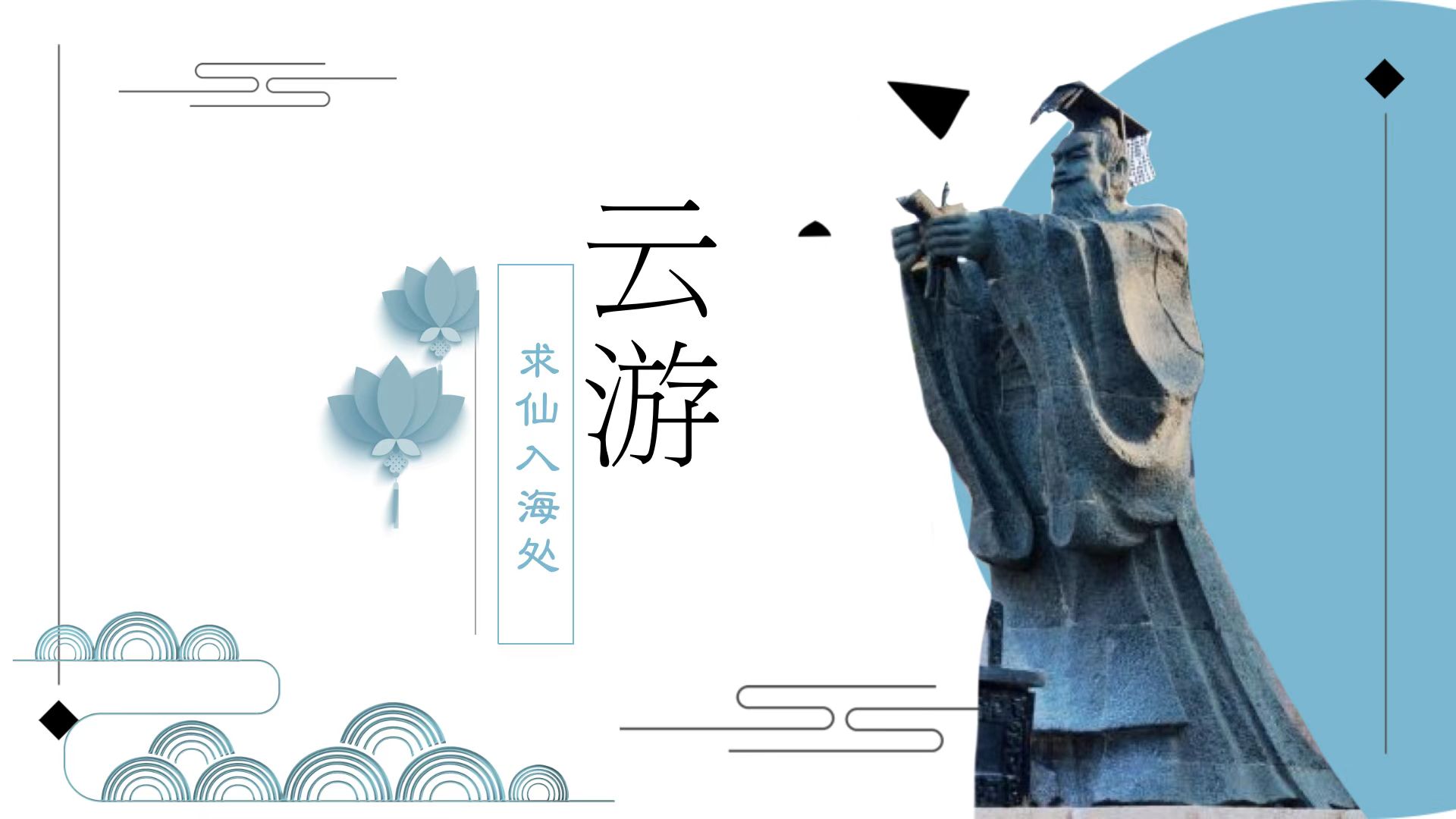Visiting the Sea Entrance where Qinshihuang pursued immortality
云游秦皇求仙入海处

Course Syllabus 课程章节
1According to the historical records, Qinshihuang went on an east tour to Jieshi in the 32nd year of the Qin Dynasty (215 BC) and successively sent Lusheng, Hougong, Hanzhong, and others altogether 2 teams of alchemists to take young boys and girls to seek the elixir of life in the sea. And in the 13th year of the reign of Emperor Chenghua of the Ming Dynasty, the stone tablet “The Sea Entrance where Qinshihuang pursued immortality” was set here to honor the great place of the legend. Hence, Qinhuangdao City was named after that and has also become the only city that is ever named after the emperor of China’s history. The scenic spot of the Sea Entrance where Qinshihuang pursued immortality covers an area of 19 hectares, where there are many tall trees and other beautiful sceneries. With a deep and profound cultural connotation, the scenic spot integrates the ancient buildings, gardens, and sculpture arts together. Taking Qinshihuang’s east tour for immortality as the main line, the scenic spot demonstrates the historical background of the Seven Powers’ fighting for supremacy in the Warring States Period.
据史料记载,秦始皇三十二年(公元前215年),秦始皇东巡至碣石,先后派卢生、侯公、韩终等两批方士携童男童女入海求仙,寻求长生不老药。明宪宗成化13年,立"秦皇求仙入海处"石碑一座,以纪圣境。秦皇岛因此而得名,成为我国唯一一座以帝王名称命名的城市。
秦皇求仙入海处景区占地19公顷,古树参天,风光旖旎,兼具深厚的文化内涵,景区建设融古建筑、园林、雕塑艺术为一体,以秦始皇东巡求仙为主线,向人们展示了战国时期七雄争霸的历史背景。





